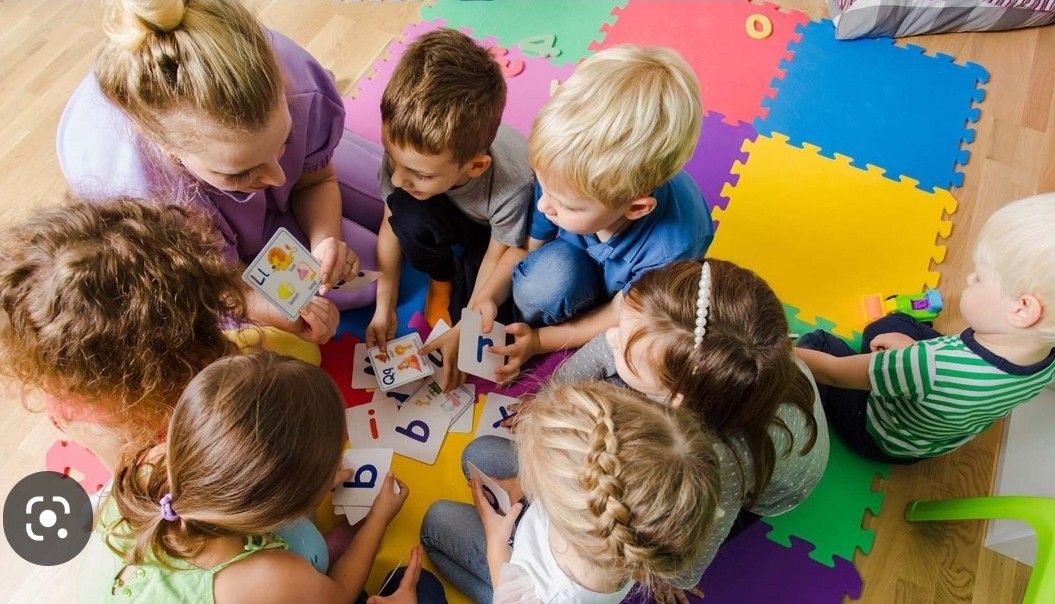An effective interactive space combines play, technology, and learning seamlessly. Designers now create environments that respond to touch, voice, and motion — inviting children to move, think, and explore. The best setups encourage both individual discovery and teamwork. Colors, sounds, and feedback loops help sustain focus while stimulating creativity. Interactive spaces in schools, museums, and entertainment centers transform how kids learn — from passive observation to active participation, where every motion teaches something new.
Designing Interactive Spaces That Inspire Movement and Learning

